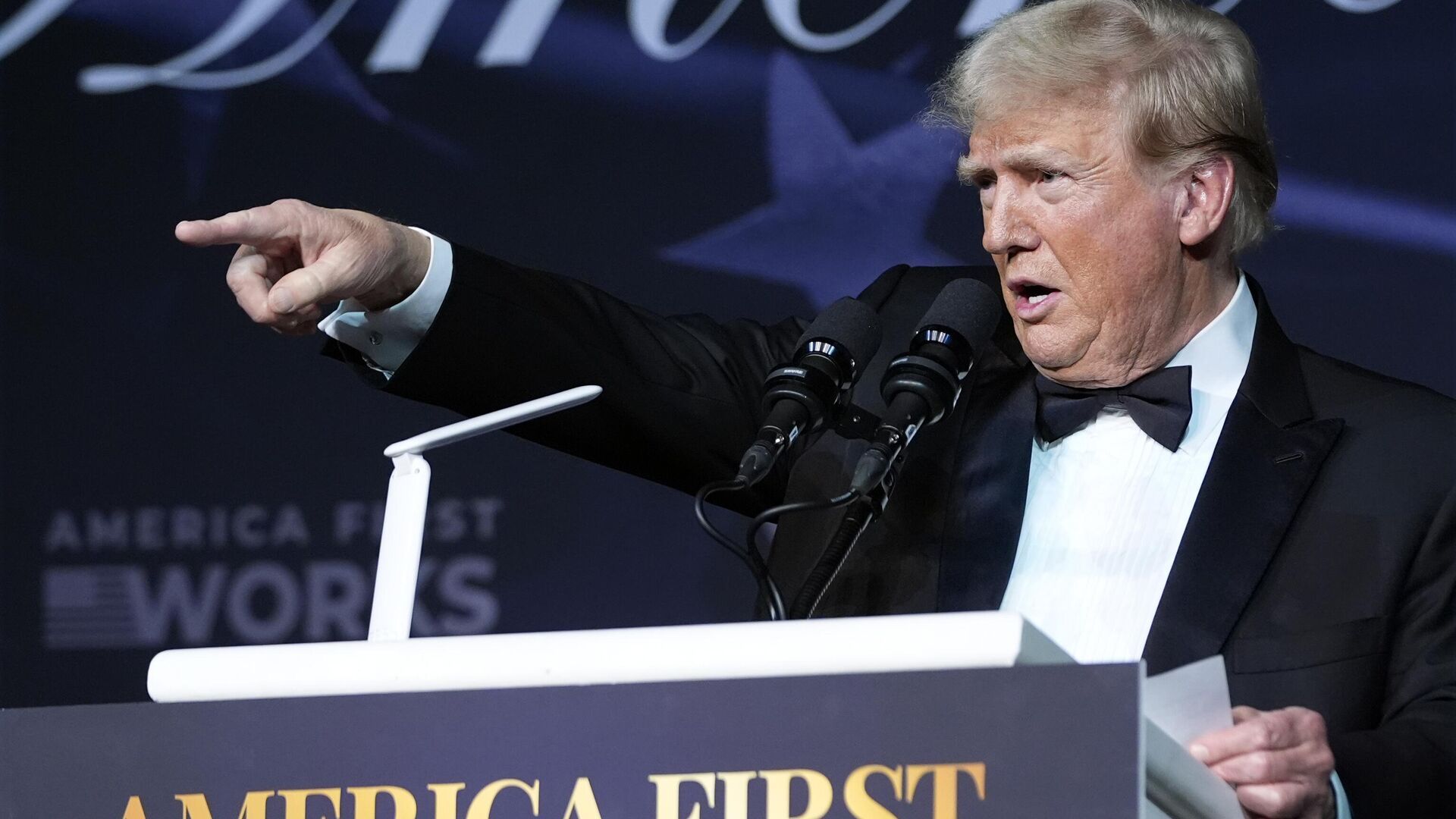https://sputnikglobe.com/20250216/how-trump-is-unraveling-the-fabric-of-atlanticism-1121573427.html
How Trump is Unraveling the Fabric of Atlanticism
How Trump is Unraveling the Fabric of Atlanticism
Sputnik International
US Vice President Vance’s speech at the Munich Security Conference served as a wake-up call for Western elites long accustomed to US support. He slammed EU policies as the greatest threat to Europe, signaling a sharp anti-Atlantist shift in US foreign policy.
2025-02-16T16:27+0000
2025-02-16T16:27+0000
2025-02-17T14:50+0000
world
us
donald trump
jd vance
european union (eu)
russia
nato
airbus
joe biden
https://cdn1.img.sputnikglobe.com/img/07e9/01/1a/1121496704_0:162:3066:1887_1920x0_80_0_0_89a12b244c857e021910853fdf369442.jpg
What signals this change? Let’s break it down. 1) Squeezing the EU economy When Trump took office, he remarked, “The European Union has treated us so terribly,” hinting at a trade war. In February, he imposed a 25% tariff on steel and aluminum, set to take effect in March. This wasn’t the first time he targeted EU industries: 2) Pressure on European NATO members Trump frequently labeled NATO as “OBSOLETE,” criticizing its financial burden on the US, its largest contributor. Trump is now considering reducing US military presence in Europe by 20%, urging allies to invest more in their own defense, according to ASNA. 3) Pragmatic stance on Ukraine Trump took a pragmatic view on Ukraine, holding a phone call with Putin and making it clear Ukraine wouldn’t join NATO nor influence European security, in contrast to the EU’s “no peace talks without Ukraine” stance. 4) Rebuilding ties with Russia
https://sputnikglobe.com/20250216/whats-behind-trumps-push-for-alternative-to-chinas-belt-and-road-initiative-1121572805.html
russia
Sputnik International
feedback@sputniknews.com
+74956456601
MIA „Rossiya Segodnya“
2025
News
en_EN
Sputnik International
feedback@sputniknews.com
+74956456601
MIA „Rossiya Segodnya“
Sputnik International
feedback@sputniknews.com
+74956456601
MIA „Rossiya Segodnya“
trump vs nato, trump rocks nato, trump against nato, trump atlaticism, trump atlantic security, trump ukraine crisis
trump vs nato, trump rocks nato, trump against nato, trump atlaticism, trump atlantic security, trump ukraine crisis
How Trump is Unraveling the Fabric of Atlanticism
16:27 GMT 16.02.2025 (Updated: 14:50 GMT 17.02.2025) US Vice President Vance’s speech at the Munich Security Conference served as a wake-up call for Western elites long accustomed to US support. He slammed EU policies as the greatest threat to Europe, signaling a sharp anti-Atlantist shift in US foreign policy.
What signals this change? Let’s break it down.
1) Squeezing the EU economy
When Trump took office, he remarked, “The European Union has treated us so terribly,” hinting at a trade war. In February, he imposed a 25% tariff on steel and aluminum, set to take effect in March. This wasn’t the first time he targeted EU industries:
In 2018, Trump imposed a 25% tariff on steel and 10% on aluminum from European and Canadian companies.
In 2019, he escalated tensions with a 25% tariff on French wines, Italian cheese, and Scotch whiskey in retaliation for EU subsidies to Airbus, a Boeing competitor.
2) Pressure on European NATO members
Trump frequently labeled NATO as “OBSOLETE,” criticizing its financial burden on the US, its largest contributor.
He pushed NATO members to raise defense spending to 5% of GDP, arguing Europe should take on more security costs.
During his first term, he demanded a 2% GDP defense spending target and initiated a US troop withdrawal from Germany, later reversed by Biden.
Trump is now considering reducing US military presence in Europe by 20%, urging allies to invest more in their own defense, according to ASNA.
3) Pragmatic stance on Ukraine
Trump took a pragmatic view on Ukraine, holding a phone call with Putin and making it clear Ukraine wouldn’t join NATO nor influence European security, in contrast to the EU’s “no peace talks without Ukraine” stance.
Trump advocated for Russia’s return to the G7 and acknowledged Moscow’s security concerns, particularly regarding Ukraine and NATO aspirations.
His blunt realism contrasts with the Atlanticist focus on a “strategic defeat of Russia,” unsettling many European politicians.



